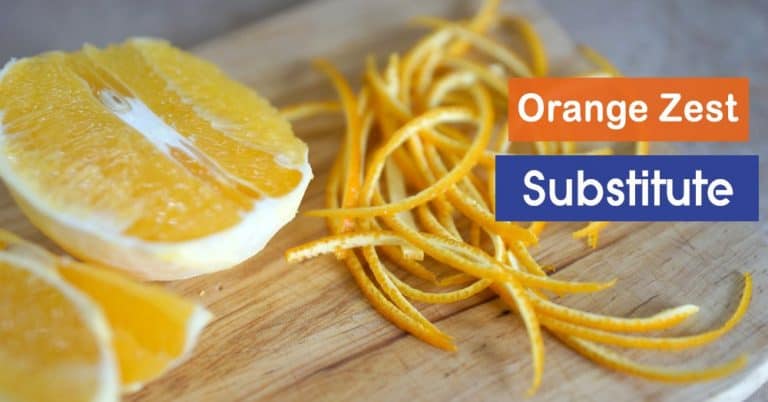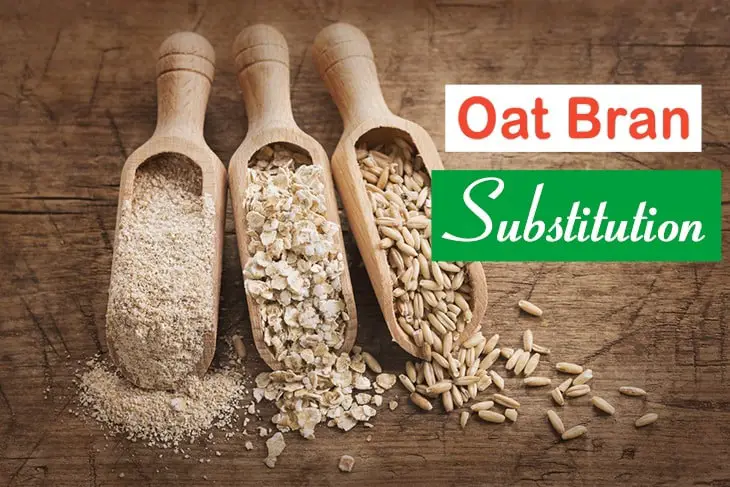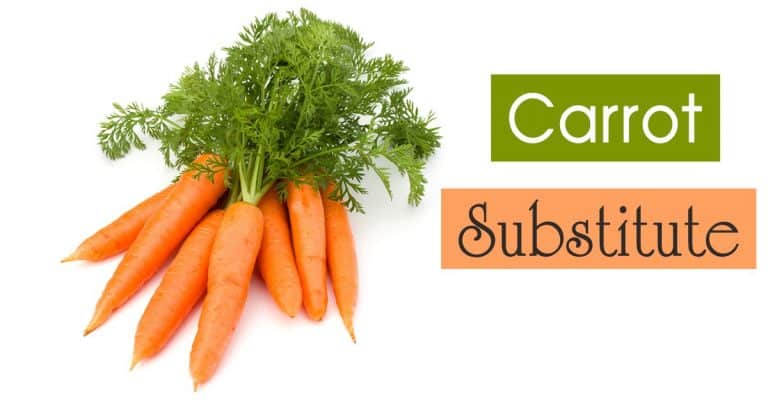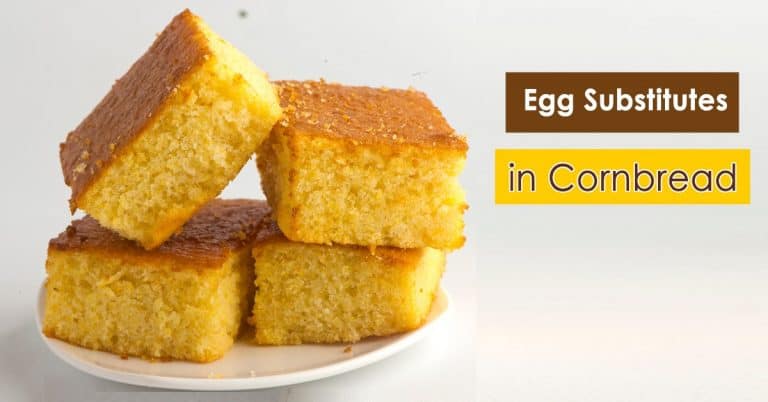
Mint leaves are a versatile ingredient that is refreshing and minty, with a rush of fresh flavor. They are great for flavoring smoothies and other drinks and also savory flavors in numerous foods. For example, mint leaves can be added to spaghetti sauce, made into a pesto for poultry, or even tossed into a salad.
If you have no mint on hand, continue reading to discover our detailed list of mint substitutes. Although no fresh herb substitute will ultimately replicate the flavor profile of mint, the options in this guide will work in most recipes. Some good ideas include adding dried mint, peppermint extract, or even infusing the flavor from a mint tea bag to imitate the taste of fresh mint.
12 Best Mint Substitutes To Add To Your Recipes
Mint is a versatile ingredient that may be used in a wide range of cuisines. Even if it’s challenging to replicate the rich flavor of mint, the replacements in this guide will help you make a delightful dish.
When it comes to cooking, you have to think out of the box to uncover new flavors and tastes by simply tweaking the recipes. It’s crucial to remember, though, that each component adds a distinct flavor to your cuisine so that the finished result will be slightly different.
1. Dried Mint

In well-stocked stores, you can purchase dried mint in the spice aisle. While the fresh leaves have a better flavor, the dried leaves might still be used in pesto, chutney, casseroles, and curries. They could also be used as part of a lamb spice rub.
Because dried mint has a more robust flavor than fresh leaves, you should use less of it in any dish. Therefore, we propose substituting one teaspoon of dried mint leaves with one tablespoon of fresh mint leaves.
Take notice of using dried mint in meals where mint provides a visual aspect, such as potato salads, cooked mint potatoes, or sangria.
2. Peppermint Extract
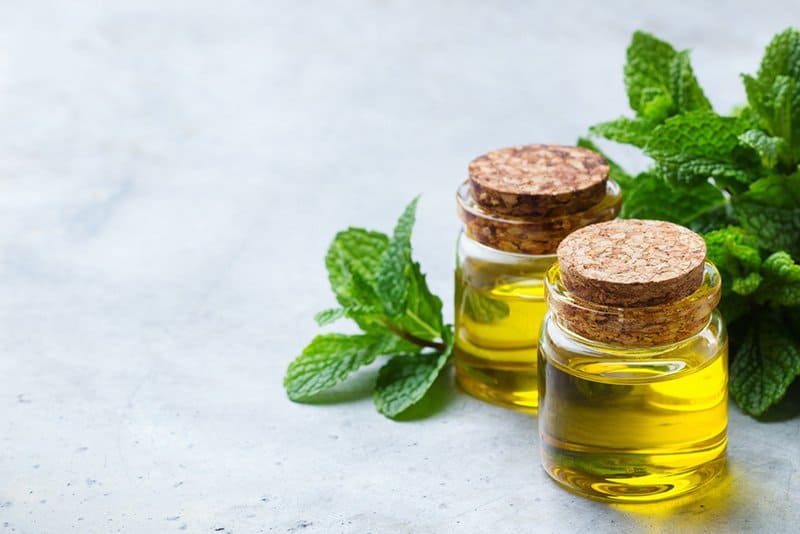
Peppermint extract is a quick and easy way to give food a minty flavor without chopping anything.
You should remember to only use an extract in recipes where you’re seeking to add mint flavor to food, just like you would with dried herbs.
This substitution will work in meals like mint ice cream, puddings, drinks, baked goods, and even some slow-cooked savory recipes. Peppermint extract will not taste well when added to boiling potatoes as it has a strong flavor, so be cautious and use it sparingly. It is better to begin with one or two drops than other dishes, then taste to see if you want to add more.
3. Basil

In the United States, basil is the most often utilized herb. Basil is a good substitute for mint if you require a fresh herb. This ingredient is frequently used to give meals a similar freshness.
Basil won’t have the same minty flavor as mint, but it will provide a sweet, peppery flavor to your food. People will notice the differences if they are anticipating a mint meal. On the other hand, to achieve the same fragrant strength, it is essential to use a little more basil than you would with mint. Therefore, you need to use two teaspoons of basil if you were going to use one teaspoon of mint.
This kind of herb has been employed for its medicinal benefits in the past. It goes well with various sauces, dressings and typically used in combination with fish, poultry, tomatoes, cauliflower, maize, and beans in Italian recipes.
Basil will not work in some dishes, such as mint potatoes or mint sauce for lamb. We recommend making this dish when you have fresh mint on hand.
4. Marjoram
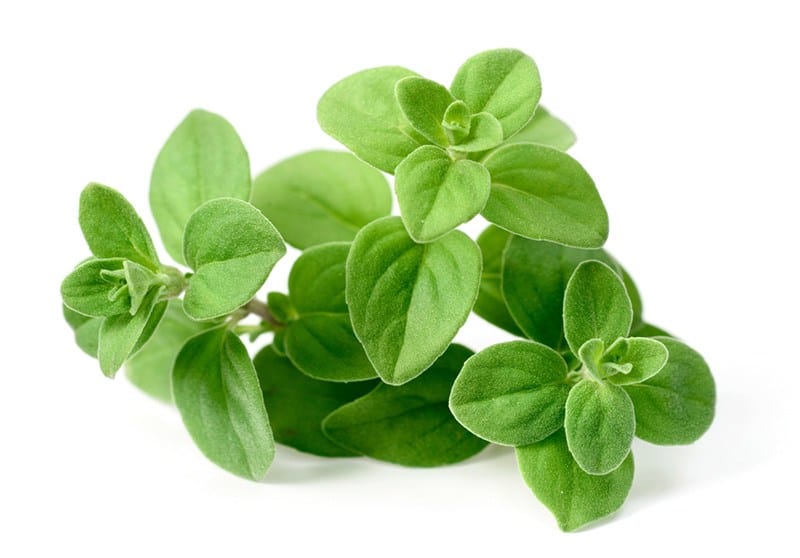
Fresh marjoram gives meals a pine-like flavor that is both comforting and crisp. Marjoram, like basil, will give the dish a slightly different flavor than mint.
This nutritious herb is used to make a variety of soups, casseroles, and sauces. Eggs, vegetables, poultry, meat, and bread might all be added to the mix. It’s straightforward to cultivate in a pot at home or convenient to buy fresh or dried ones in supermarkets.
Marjoram, like oregano, may easily overpower a recipe, so use it sparingly as a substitute. We recommend starting with half the amount of mint and then taste-testing to see if more is needed.
5. Parsley

Using flatleaf parsley for a more subtle flavor may give you a better experience than continental parsley. Some people find the taste and perfume of mint to be too overpowering; if this is the case, parsley is a great substitute.
This herb can be used in savory meals such as potato salad or stews. It has an excellent green flavor in a smoothie, but it isn’t good in sweet desserts.
The flavor and aroma of parsley are not overpowering. You can use a similar amount of mint without worrying about your dish becoming unbalanced.
If you use mint in soups or other main dishes, you’ll be relieved to learn that parsley can be substituted. Parsley is available in a variety of formats and stores.
You can even cultivate it in your own home so that you always have it on hand. Parsley has a strong aroma and a flavor that complements all other flavors in your dish.
6. Coriander
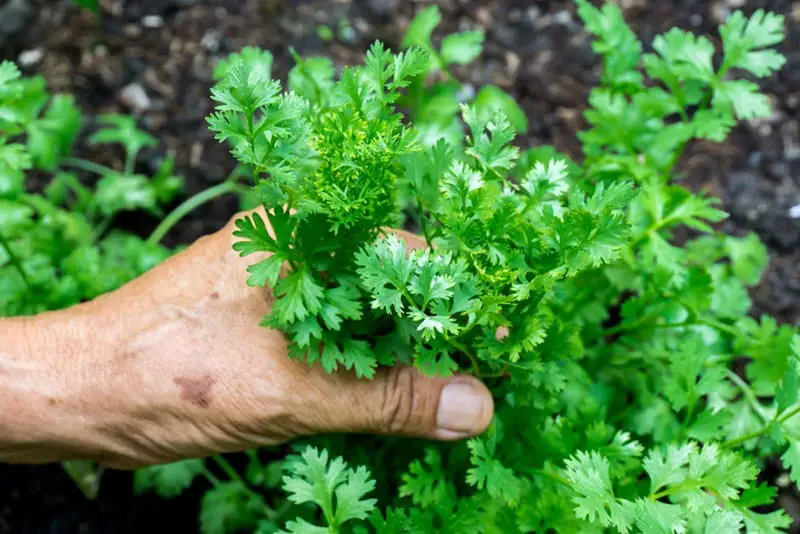
Coriander, commonly known as cilantro, is a versatile mint alternative used in different cuisines. However, you may need to use more because it doesn’t have as strong a flavor as mint.
It will, however, bring out the flavors of the other items in your dish. Coriander can be found fresh, dry, or powdered. The fresh version is far more delectable than the dried variety.
7. Tarragon
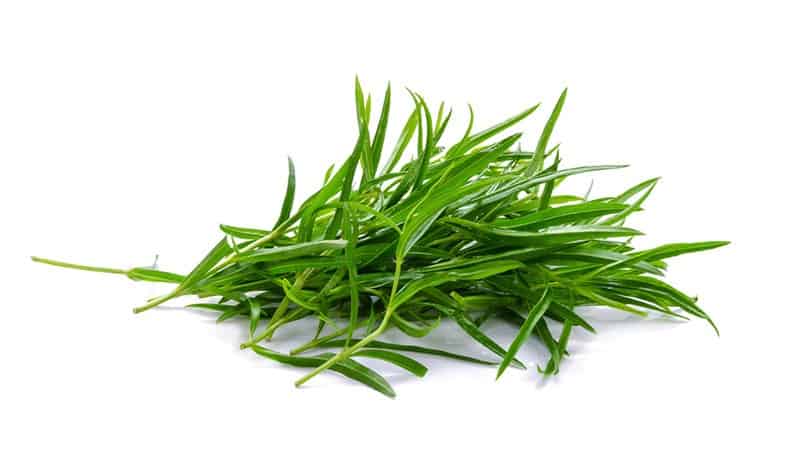
Even though Tarragon isn’t the most must-have ingredient in some nations, it’s one of the most delicious. It has a strong flavor with undertones of licorice and can be used as a substitute for mint in various cuisines.
Tarragon is excellent in a variety of meat dishes as well as soups. We can also put it in salad dressings, sauces and sometimes people use Tarragon in vegetables, seafood, and egg dishes.
When the sprigs are steeped in a liquid, they impart freshness, making them ideal for replacing mint in various cocktails. To make a delightful, low-calorie beverage, combine the leaves with water.
8. Lemon Extract

Lemon extract or flavoring will not impart a minty flavor to your food or drink, but it will give a refreshing taste that you would fall into.
The lemon extract comes in a variety of ways. It is available to use dried lemon, lemon juice, or peel from organic lemons and then add it to your recipe in the same amount as the mint and enjoy a distinctive and rich flavor!
9. Rosemary

This aromatic plant offers numerous benefits as well as an irresistible taste. It belongs to the Lamiaceae mint family and is also known as anthos.
This well-known mint family member can be used in place of mint leaves in a variety of circumstances. Rosemary is one of the few plants that may be used for both decoration and cooking. However, you should notice that we would not use rosemary as a cheesecake garnish.
It’s commonly served with beef, lamb, or chicken and exists in soups, stews, salad dressings, and liver pates. Potatoes are a great way for vegetarians to enjoy the herb. Rosemary has a distinct appearance that develops as needles on woody stems. Cooking can be done using both the stems and the needles (the stems can flavor soups and roasts).
10. Shiso
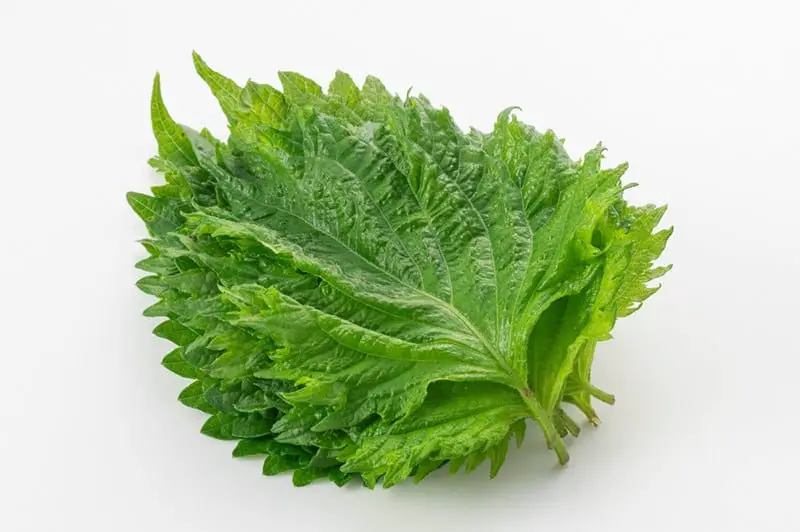
Shiso leaves are a fragrant herb related to mint and are often served with sushi and sashimi. They’re designed to be eaten alongside the plate’s main course.
Shiso seeds, sprouts, and leaves, for example, can be utilized in a variety of cold meals and salads.
Shiso leaves are also said to have antibacterial characteristics attributed to phytoncides, which are thought to help keep food from spoiling when wrapped in the leaves. Indeed, the Japanese have been using shiso leaves to reduce raw fish and seafood deterioration for decades.
11. Lavender

Lavender is a popular ingredient in modern skin and hair care products. It is another member of the mint family that we can use in place of mint leaves.
It’s usually found in drinks, but you need to keep in mind that lavender in refreshing beverages like ice tea should be cautioned because the drink can become harsh. Salad sauces, chicken, potatoes, and jams all contain this intriguing herb.
12. Herbal Mint Tea

Mint tea will be one of the most convenient mint alternatives that we can enjoy in plenty of combinations with other herbs or on its own. It could be one of the best mint substitutes depending on the cuisine.
If you prefer to utilize herbal mint tea instead of fresh mint, choose the primary dry mint option.
Frequently Asked Questions
What can we use instead of mint in a mojito?
If you enjoy a mojito but don’t have any mint on hand, don’t worry. Fortunately, you may change this item or even omit it entirely. If you still want a minty flavor in your mojito but don’t want to use mint, you can use peppermint spirits or extracts.
You might also substitute a minty syrup or drink with a strong minty flavor for the traditional mint. Minty-flavored rum beverages are another choice. These beverages come in a range of brands. You should taste the drink before adding it to your mojito because some drinks have a more fantastic flavor than others.

What herbs have a minty flavor?
If you’re looking for plants with a flavor comparable to mint, look no further than the mint family. Oregano, rosemary, or parsley, and so on are excellent alternatives for mint. They have a similar flavor profile, but you’ll need to tweak the proportions to achieve the same intensity.
Also, keep in mind that while these plants have a similar flavor to mint, they are not the same. Therefore, if you use a different plant than mint, your food will have a slightly different taste.
It may take several tries before you’re satisfied with the results, but we think the fun part of cooking is experimenting with new flavor combinations.
How can we replace dried mint with fresh mint?

When opposed to dried mint, fresh mint has a milder flavor. So, if you’re planning to use dry mint instead of fresh mint, it is good to use a lower amount to get the same or similar flavor.
You can start with half a teaspoon of dry mint if your recipe asks for a teaspoon of fresh mint. It is an excellent choice to add additional mint if you think it’s necessary. However, taste it as you create it since if the flavor is too minty, you won’t fix it.
Aside from the variation in quantity, it would help if you also considered the additional flavorings you use in your cuisine. It is essential to keep an open mind while using this plant because you might find that you prefer dried mint over fresh mint in a particular recipe.
Conclusion
Mint is a ubiquitous herb used in different drinks and recipes, both sweet and savory. It has a distinct flavor that can add appeal to a variety of recipes. Suppose you’re trying to replicate the taste of fresh mint in a dish for whatever reason. In that case, we recommend using dried mint or peppermint extract instead and try basil, marjoram, or parsley in containers that call for fresh leaves.
As you may expect, no alternative can match the flavor of fresh mint. The goal of this “mint substitutes” list is to provide options that will not taste bad or be out of place. So, what kind of mint-based dish are you looking for? Please tell us in the comments section below.
Related Posts:
- Substitute For Tarragon Vinegar That You Can Not Miss
- Substitute For Green Onion: Top 12 Options You Should Try
- Best 15 Cayenne Pepper Substitute Options For Your Dishes


